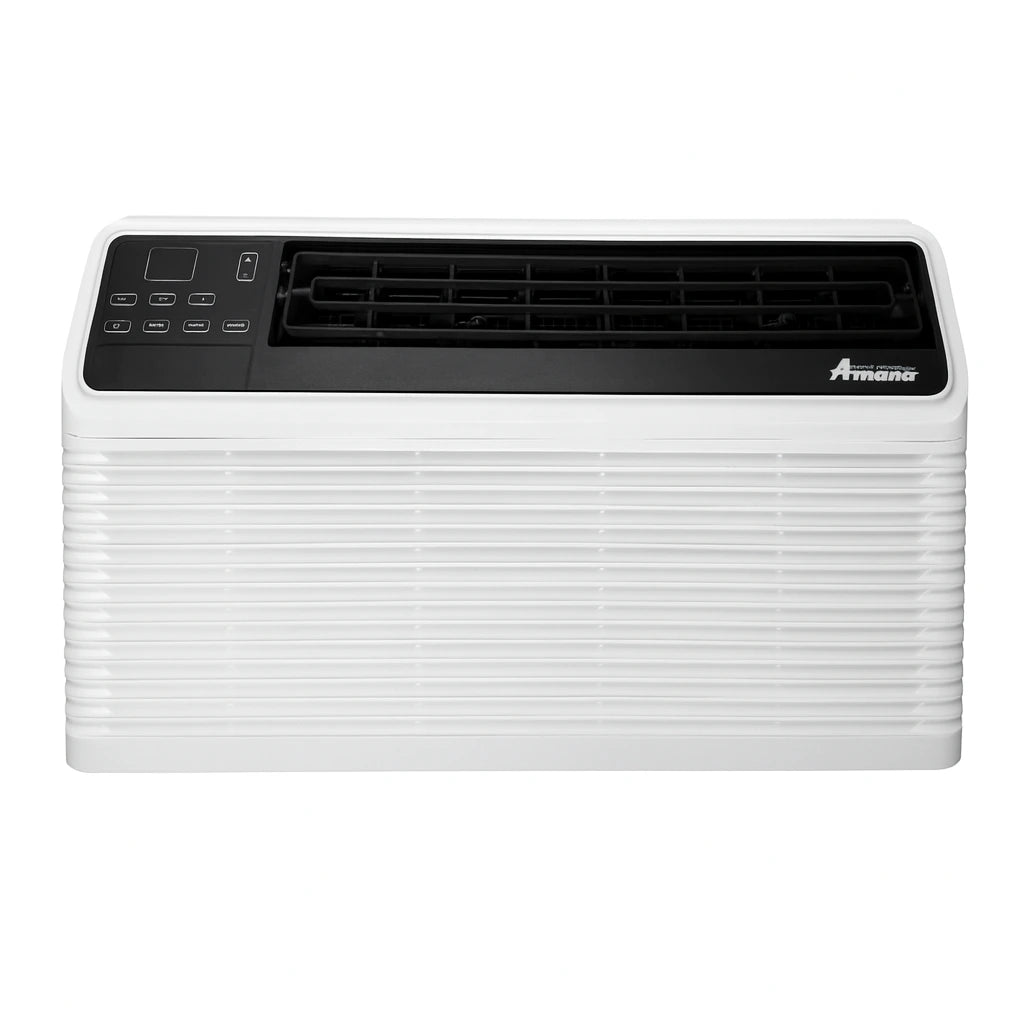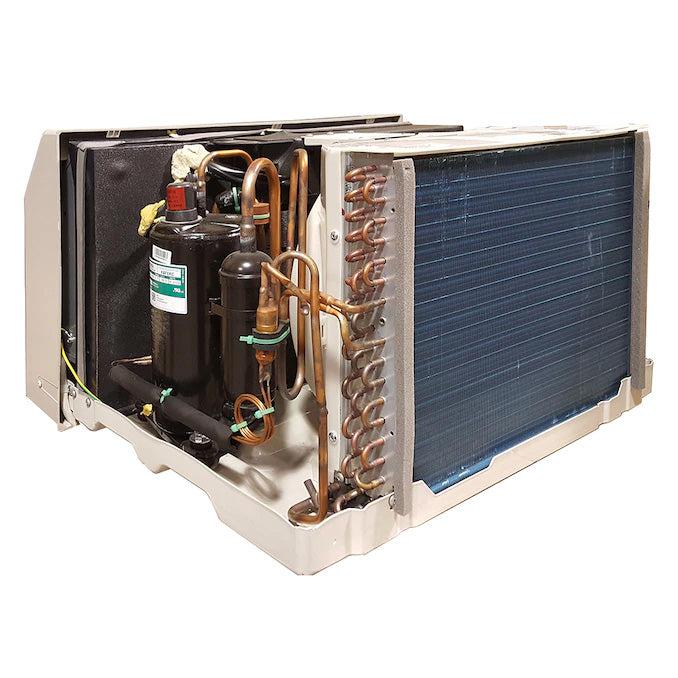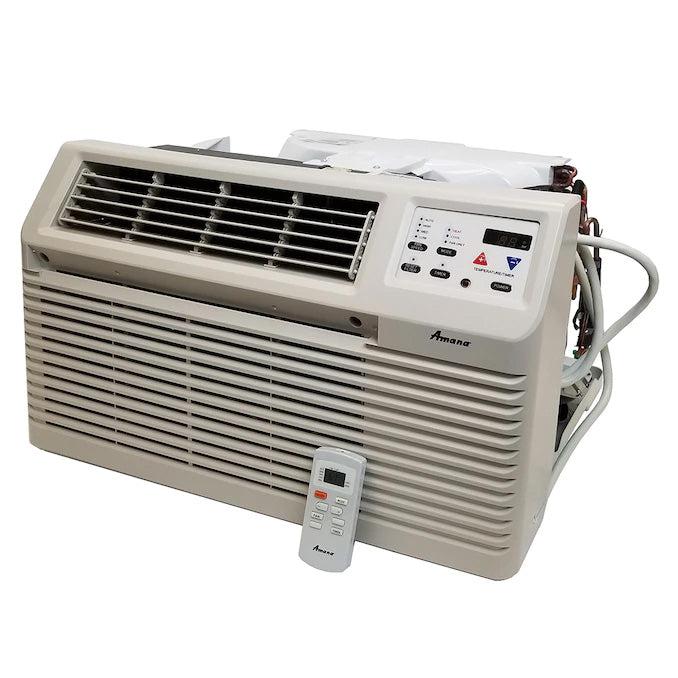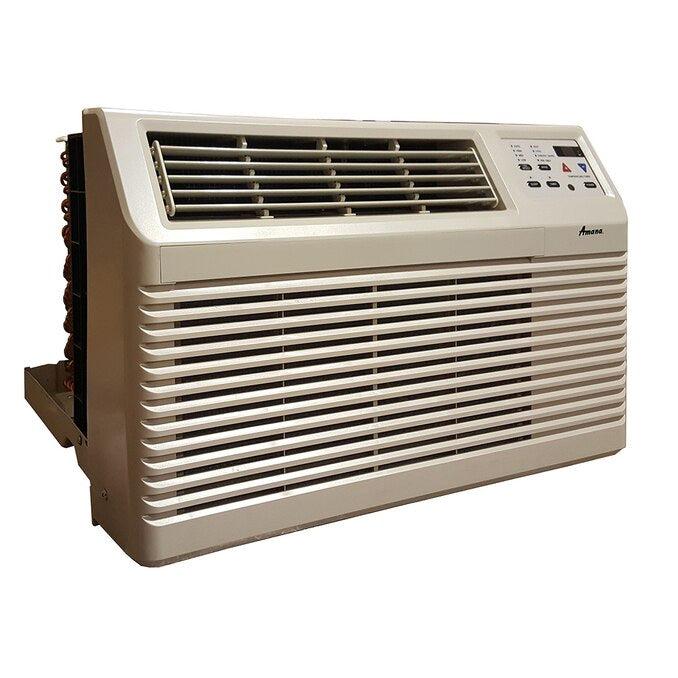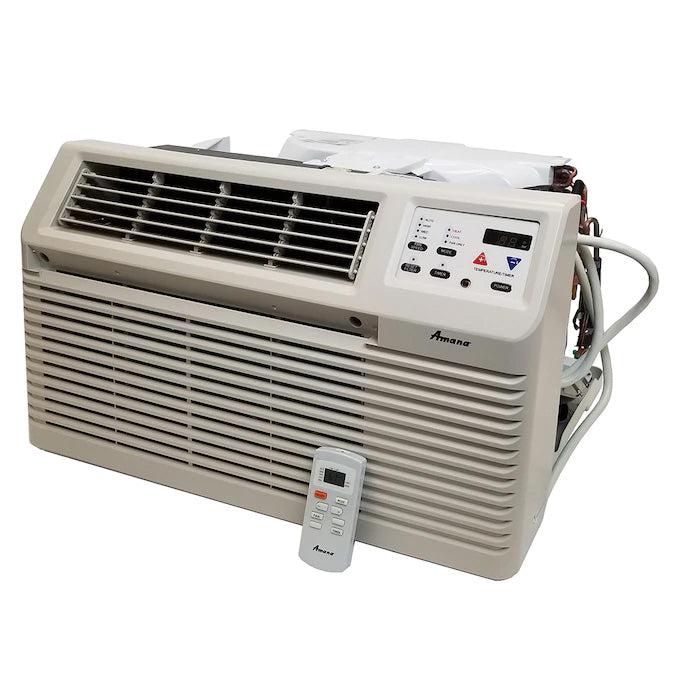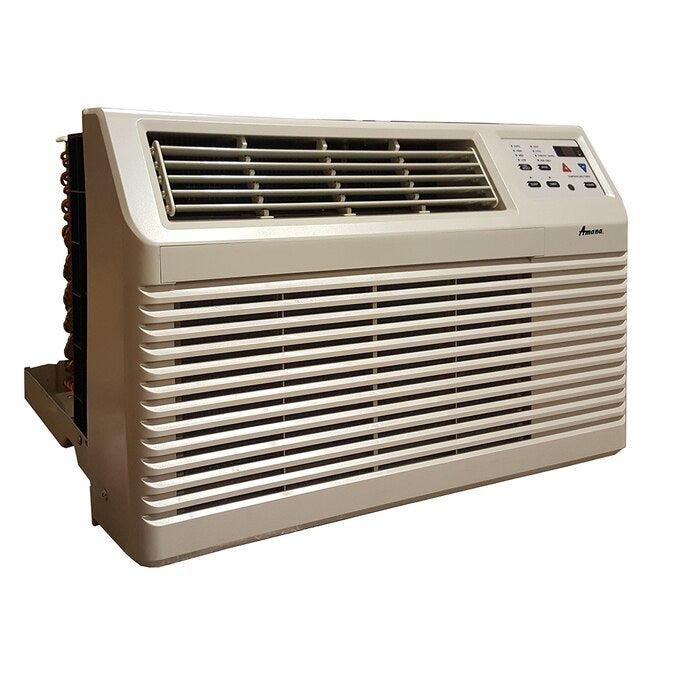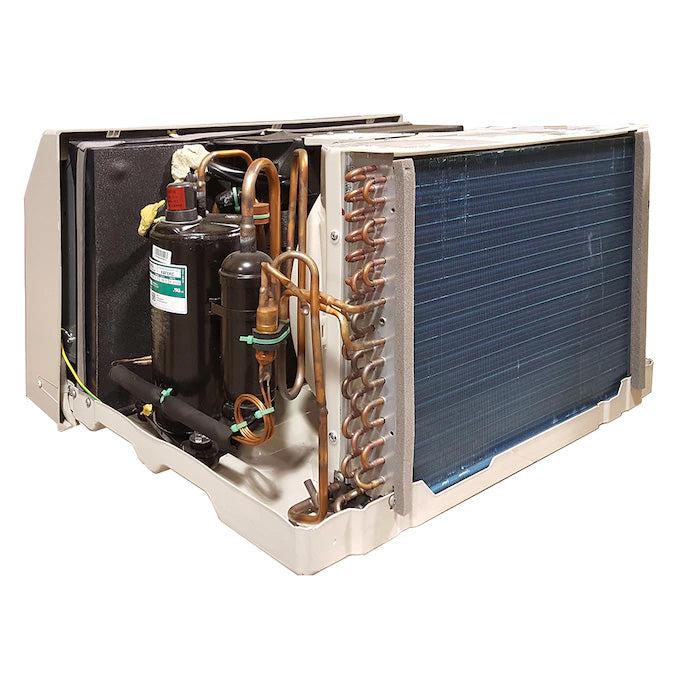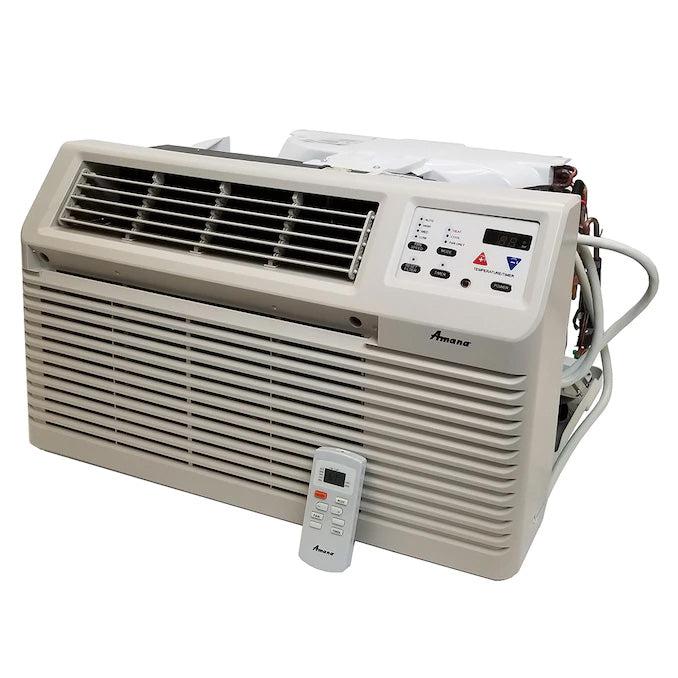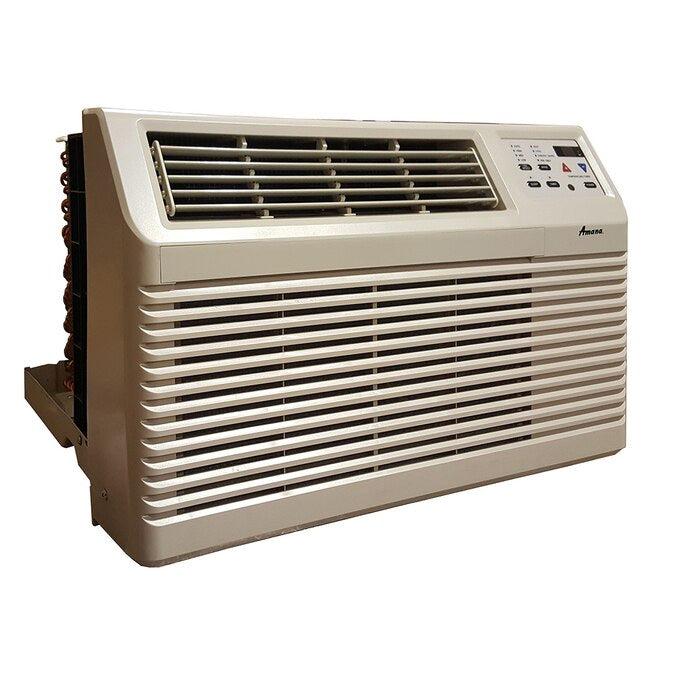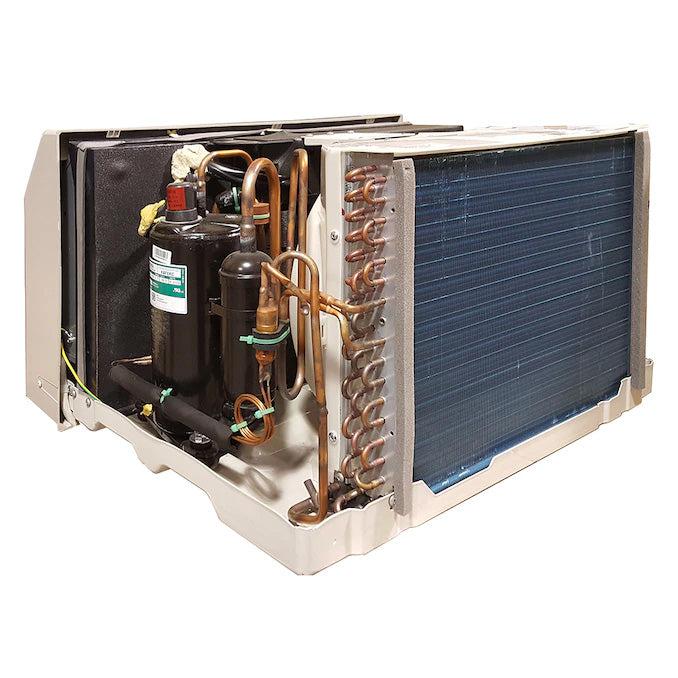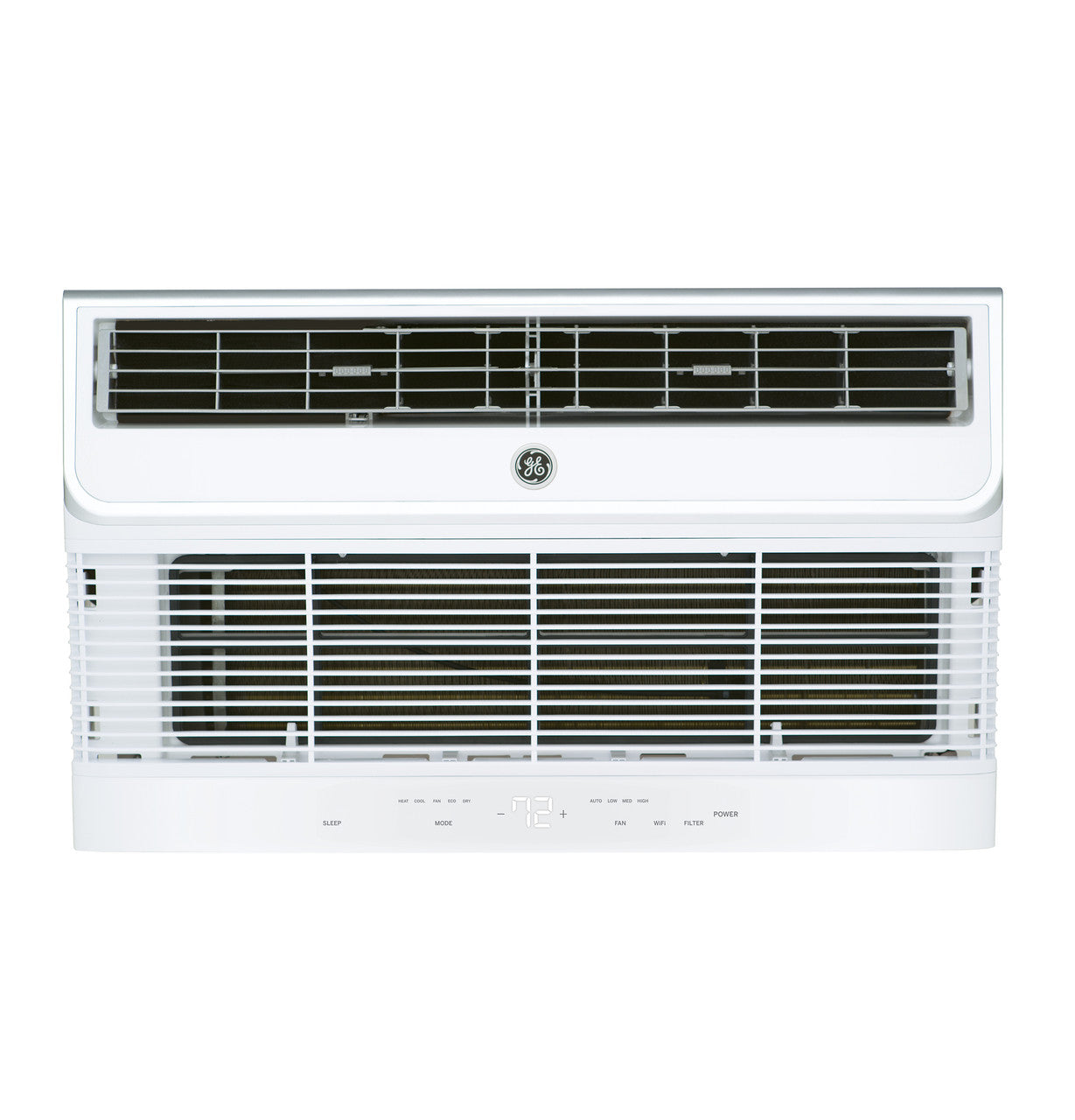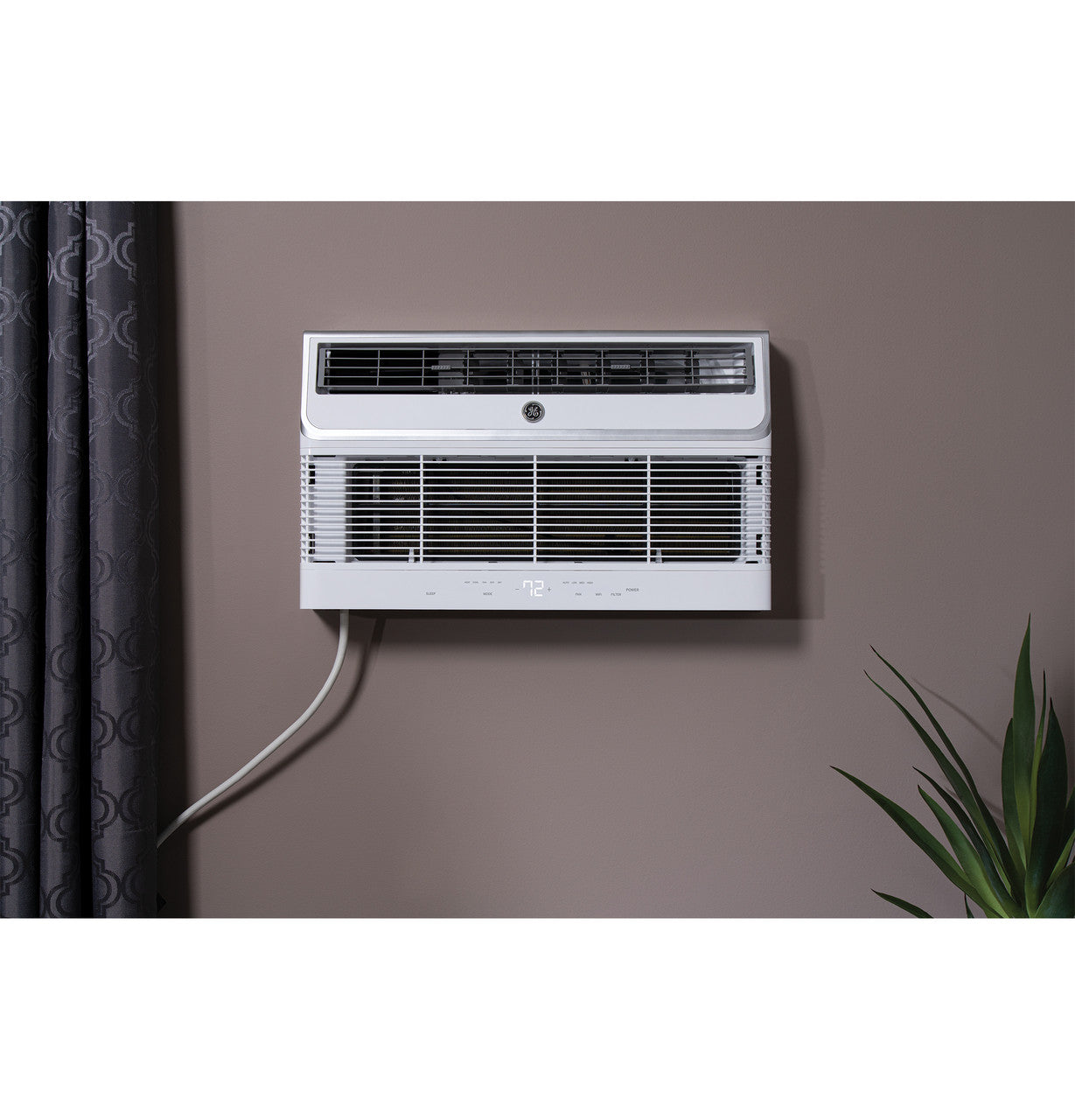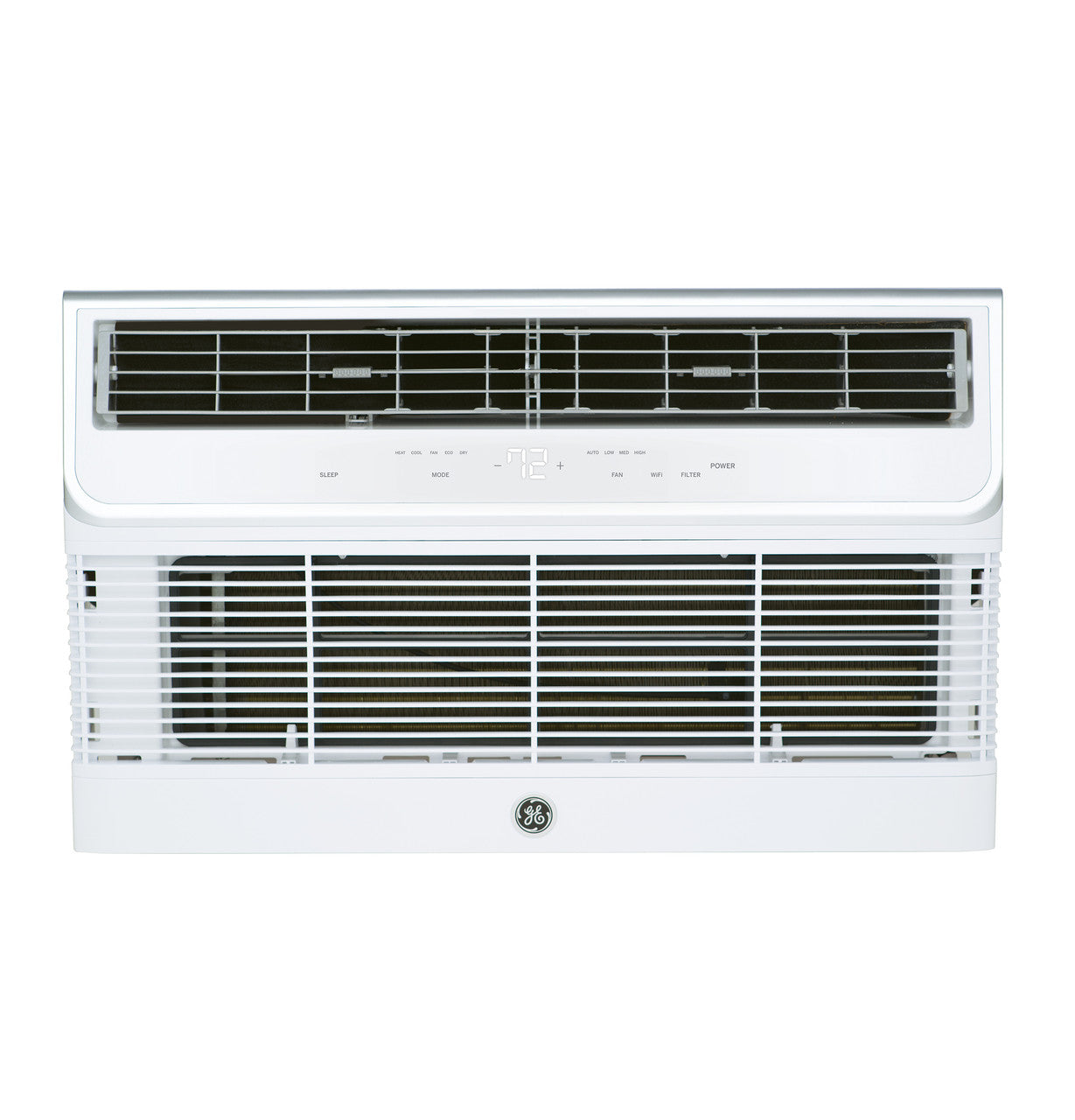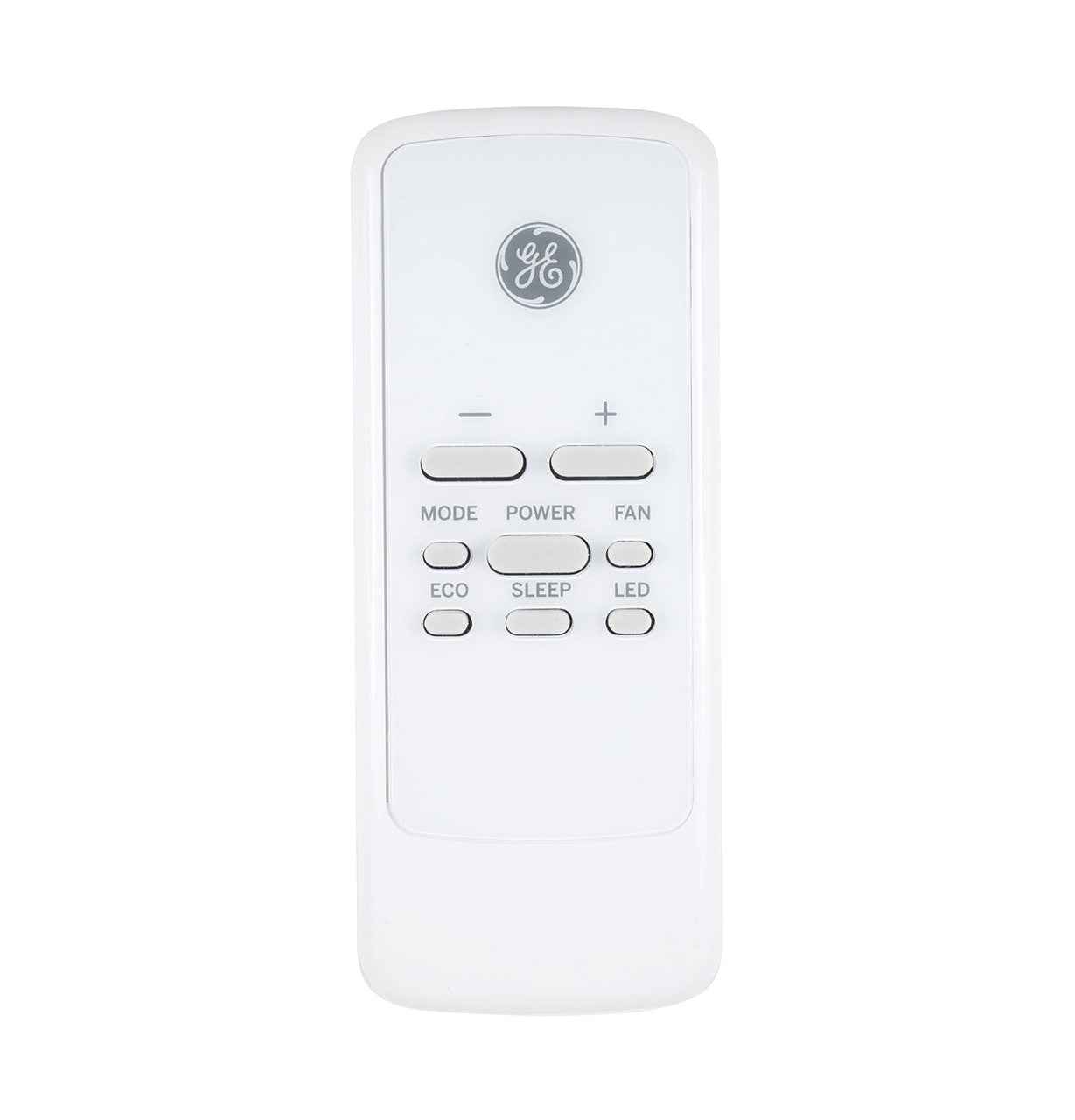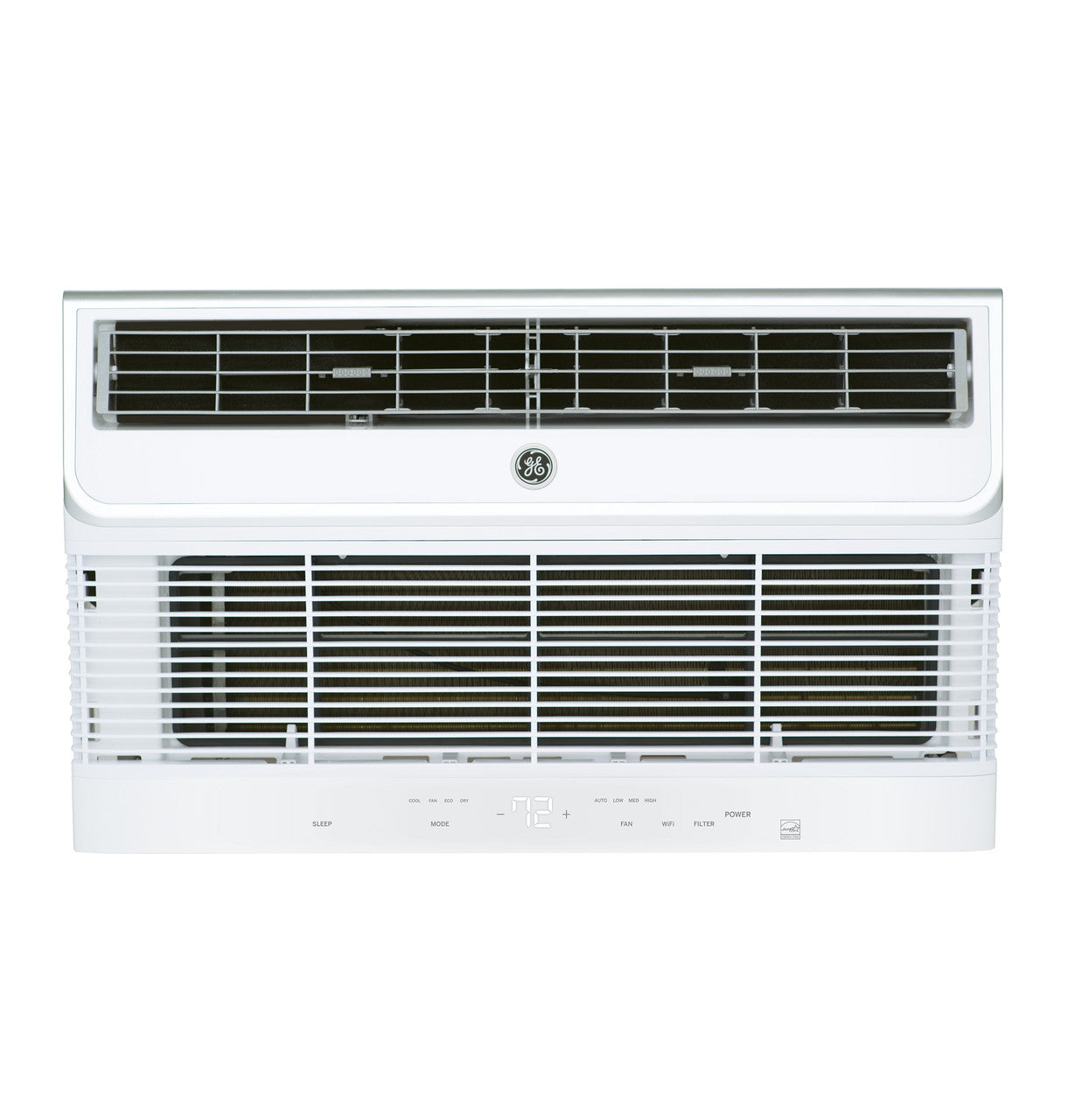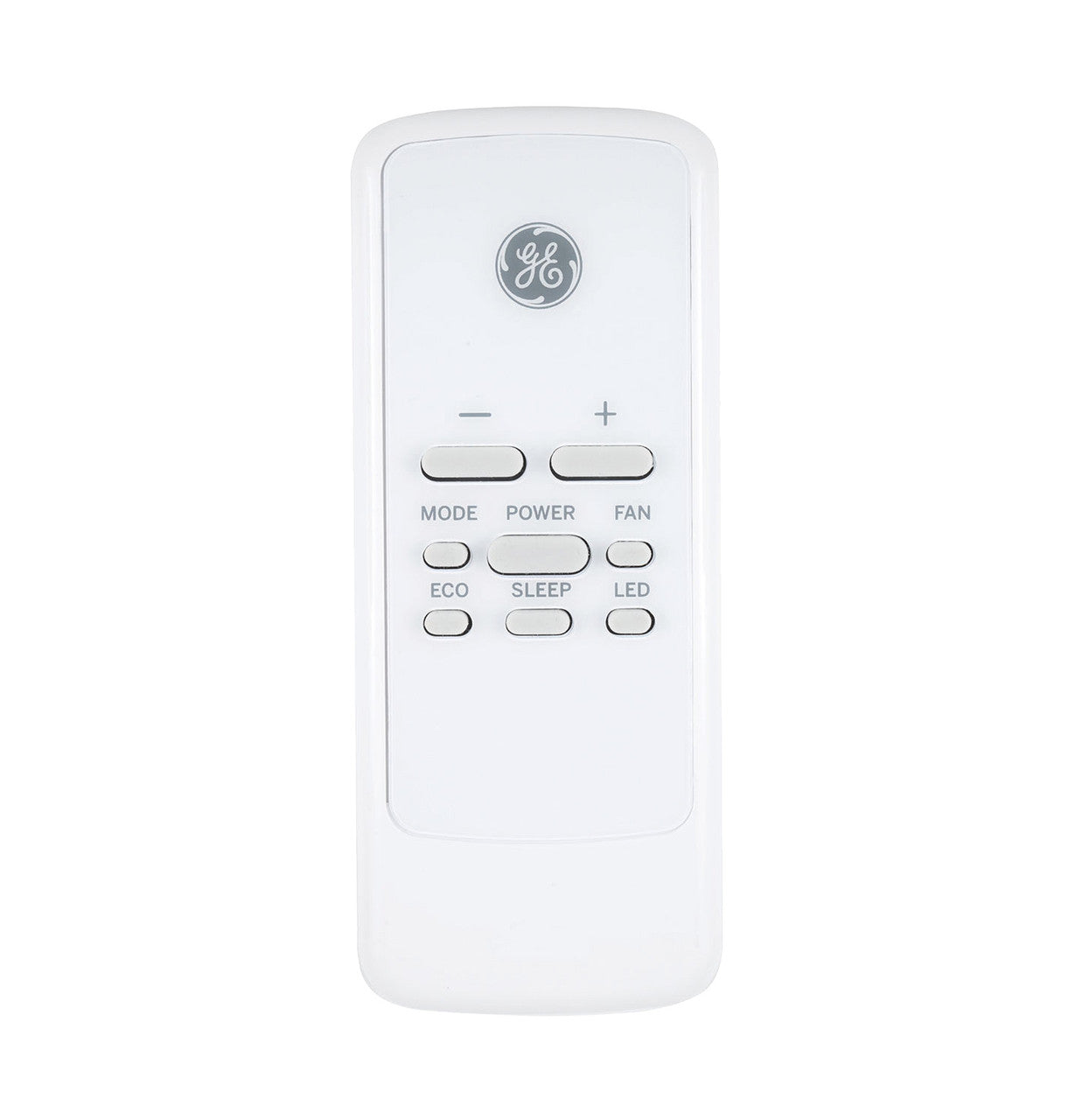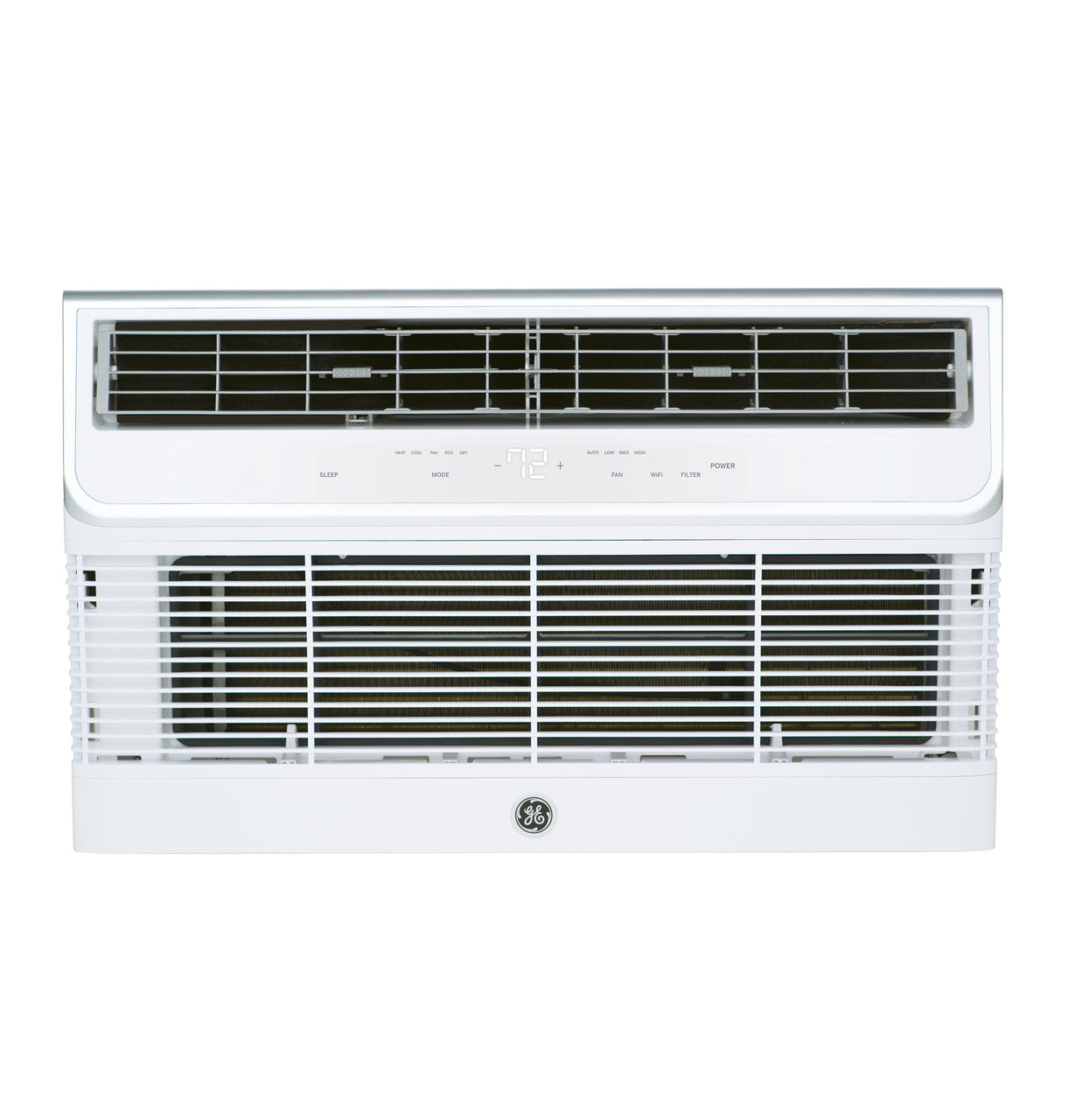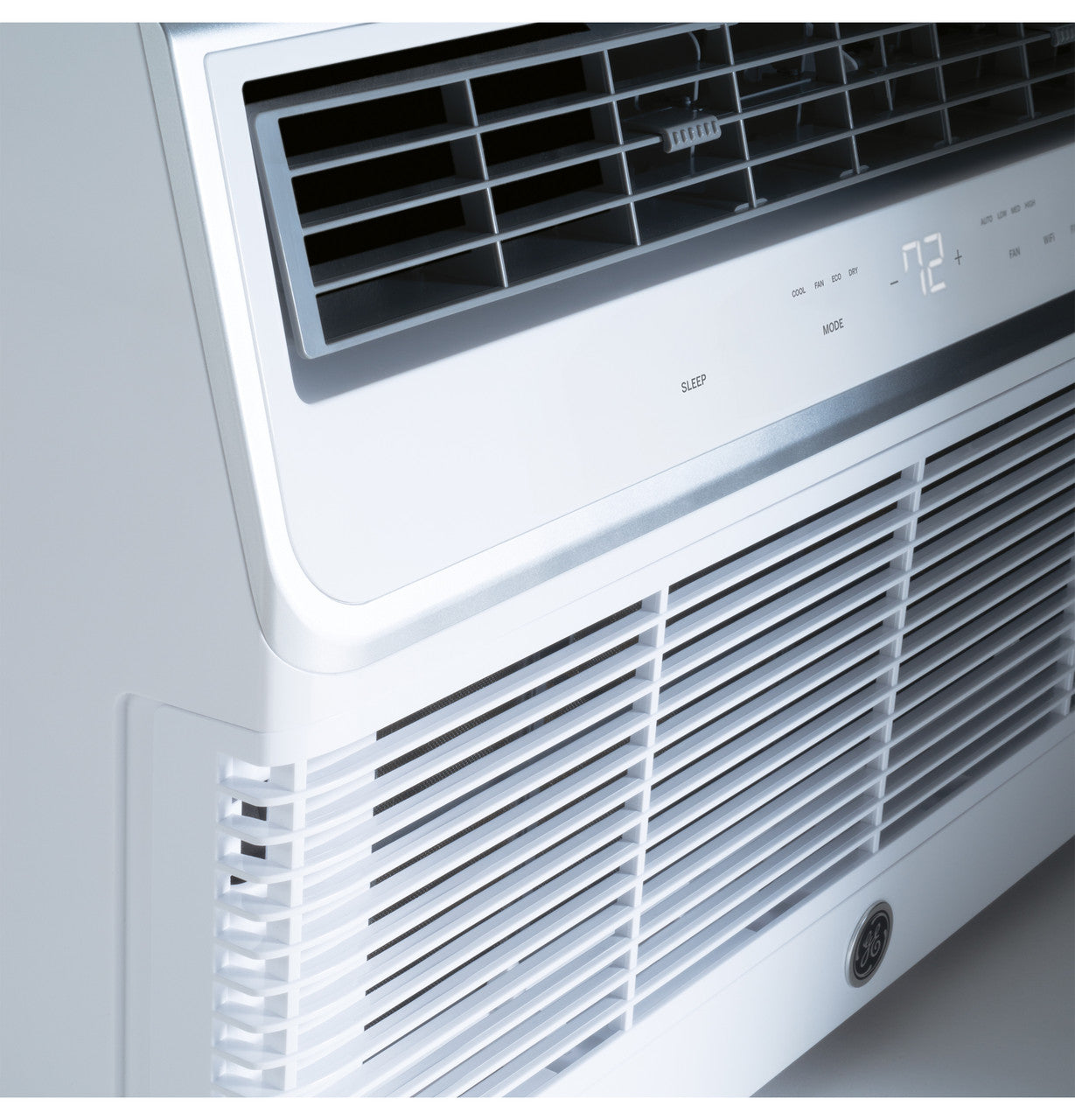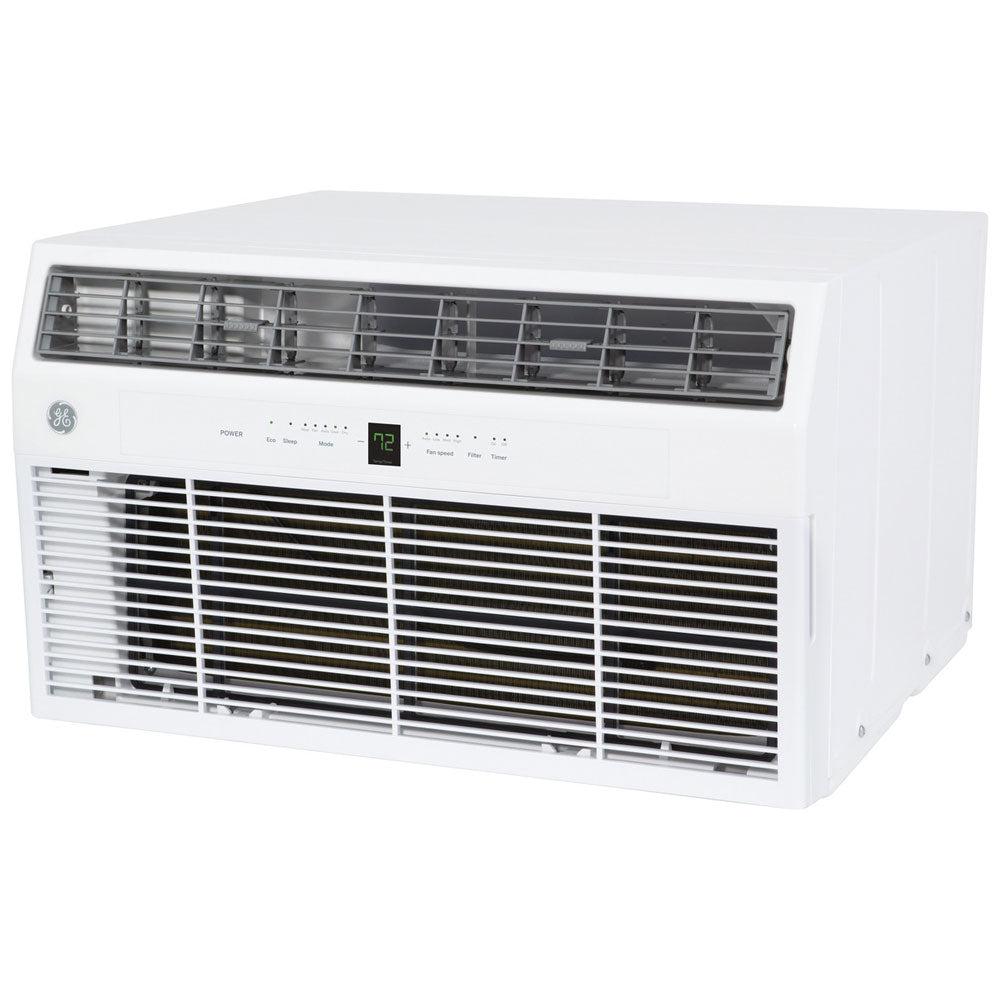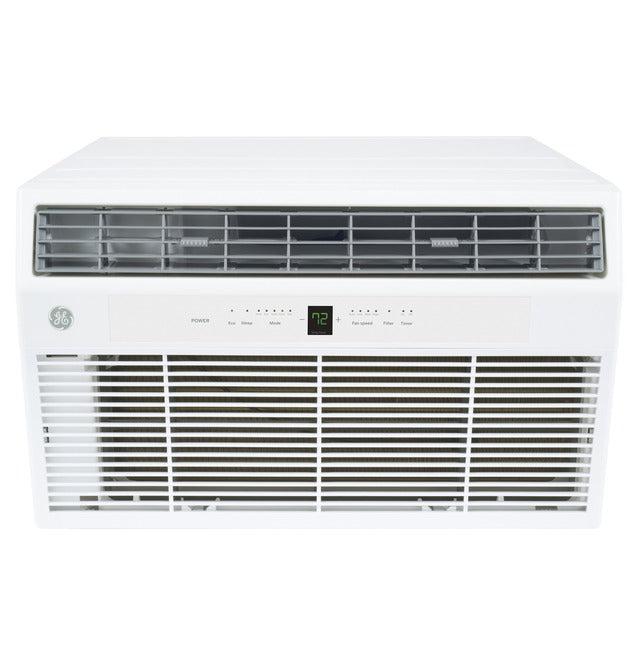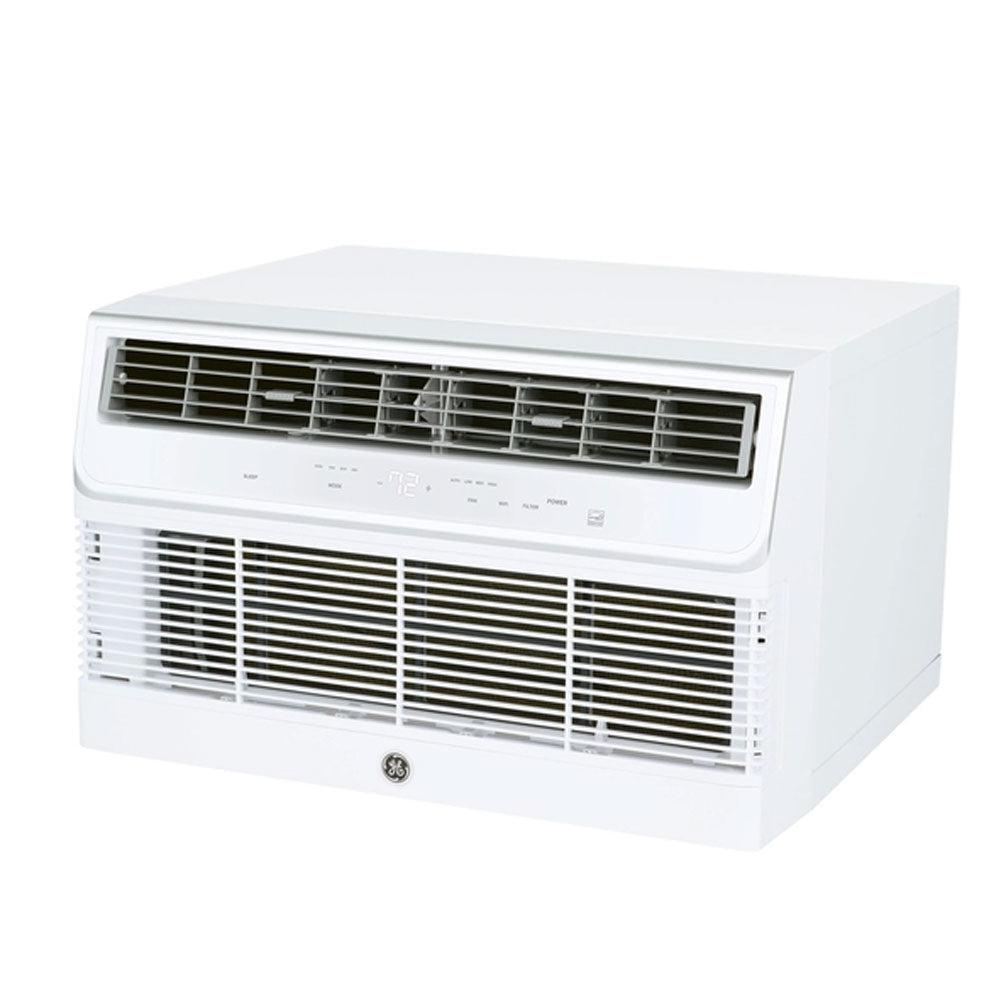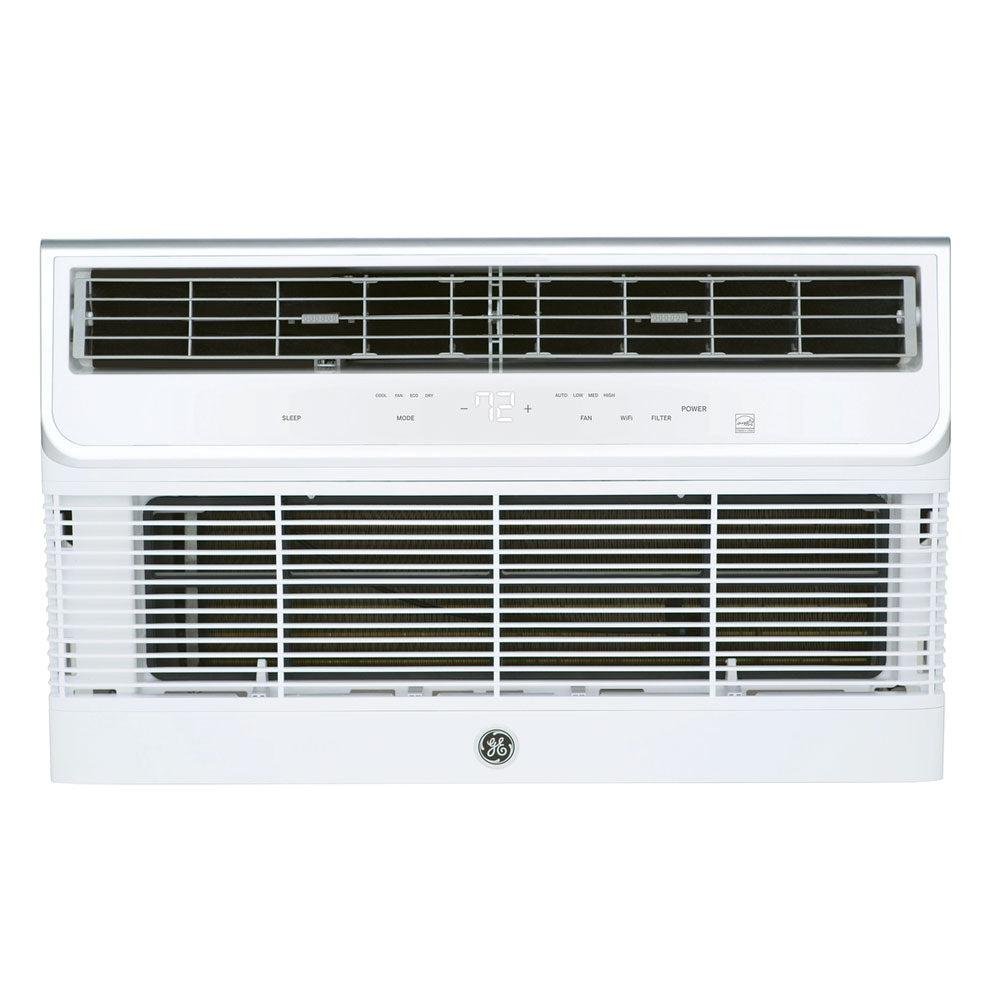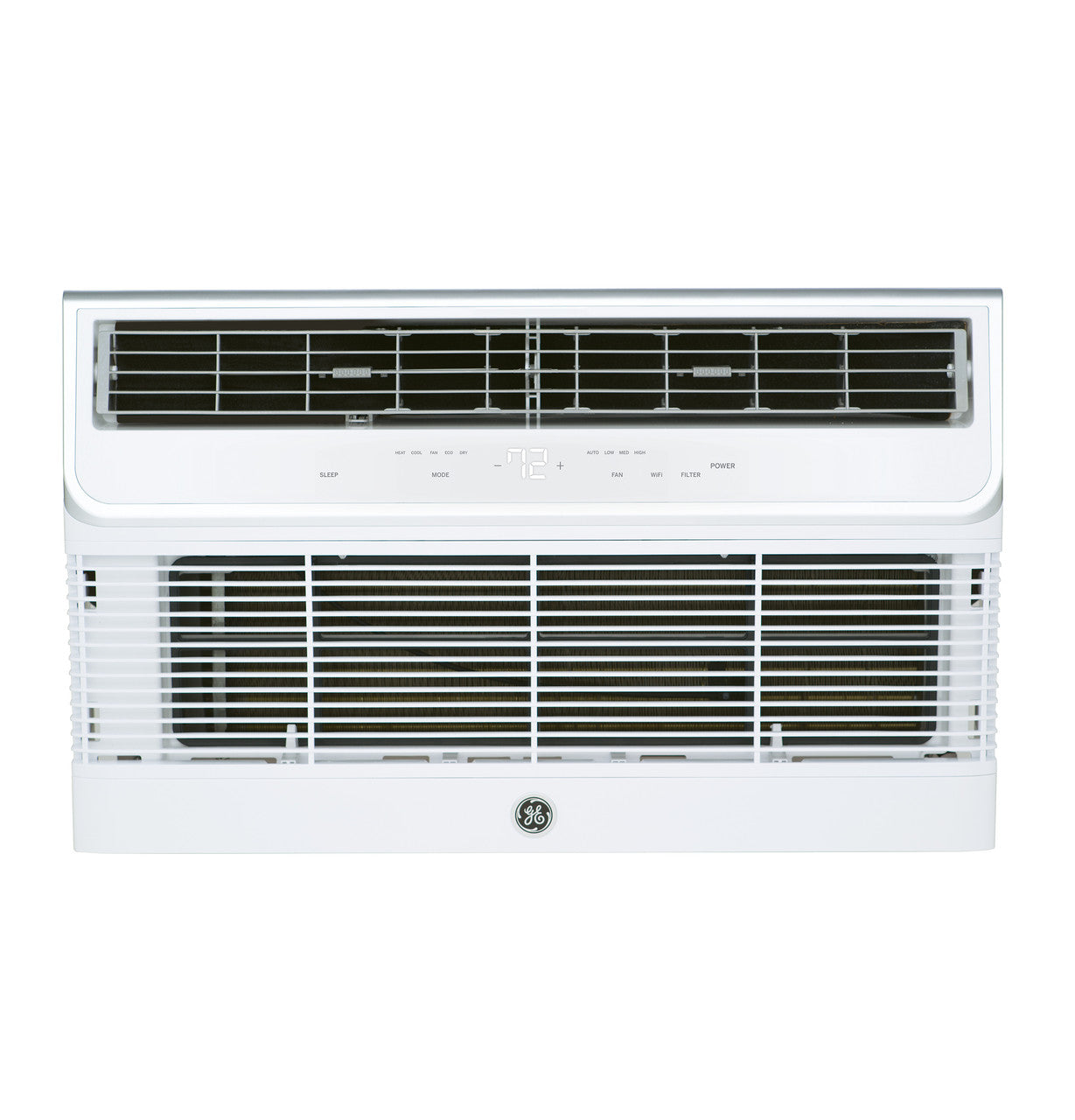Best Through The Wall AC Units
13 products
Showing 1 - 13 of 13 products
Through-the-Wall Air Conditioners (Mini PTACs): An Overview
individual room climate control is needed. This article highlights the key features, benefits, and considerations when choosing a mini PTAC.
What Are Mini PTACs?
Mini PTACs are self-contained, wall-mounted air conditioning units that often come with both cooling and heating functions, making them versatile for year-round climate control. Unlike traditional through-the-wall air conditioners, mini PTACs typically have a reversible heat pump or an electric heating coil, which allows them to provide heating as well as cooling.
They are more powerful and efficient than typical window or portable air conditioners, with cooling capacities ranging from 7,000 BTUs to 15,000 BTUs, depending on the model. Because of their compact, all-in-one design, mini PTACs are often used in commercial spaces like hotels and hospitals, but they are increasingly popular in residential settings as well.
Key Benefits of Mini PTACs
1. Energy Efficiency
One of the standout features of mini PTACs is their energy efficiency. Most modern mini PTAC units come with Energy Star certification, indicating that they meet federal standards for energy efficiency. This is especially important in commercial settings, such as hotels, where individual rooms may need to be cooled or heated frequently. These units allow businesses to control costs by providing cooling and heating to only the occupied rooms, thereby reducing unnecessary energy usage. Some models also feature programmable thermostats and energy-saving modes, further increasing efficiency.
2. Zoned Climate Control
Another key benefit of mini PTACs is their ability to provide zoned climate control. Each room or space can be equipped with its own unit, allowing users to set different temperatures for different areas. This feature is particularly advantageous in multi-room buildings, where different spaces may have varying climate needs. It also adds convenience, as users can adjust the climate in their immediate area without affecting other parts of the home or building.
3. Ease of Installation and Maintenance
Through-the-wall mini PTACs are relatively easy to install compared to central air systems. They don’t require complex ductwork or extensive renovations. Typically, they are installed into a wall sleeve, a metal frame that supports the unit within the wall. Many newer models feature slide-out chassis designs, making them easy to service or replace without the need for professional assistance. Regular maintenance includes simple tasks such as cleaning or replacing filters.
4. Dual Heating and Cooling Capabilities
Many mini PTACs come equipped with a heat pump or electric heating element, making them suitable for both summer and winter use. This dual functionality eliminates the need for separate heating systems, saving both space and cost. Heat pumps work by reversing the refrigeration cycle, transferring heat from the outside air to the inside during cold months. This makes them energy-efficient and versatile for year-round comfort.
Considerations When Choosing a Mini PTAC
When selecting a mini PTAC, there are several factors to consider:
- Room Size: Matching the unit’s BTU capacity to the room’s size is essential for efficient operation. Undersized units will struggle to cool or heat the space, while oversized units may cool too quickly, causing excess humidity.
- Noise Levels: While mini PTACs are quieter than window units, some models can still produce noise during operation, particularly during the compressor cycle. It’s important to check the decibel (dB) rating for noise-sensitive environments like bedrooms.
- Energy Efficiency Ratio (EER): The EER measures how efficiently a unit cools a space relative to its power consumption. Higher EER ratings mean greater energy efficiency.
- Installation Requirements: Proper installation of a mini PTAC requires cutting a hole into the exterior wall and installing a wall sleeve. Professional installation is often recommended to ensure that the unit is secure and well-sealed.
Conclusion
Mini PTACs are a highly efficient and flexible solution for spaces that require both cooling and heating in a single, compact unit. With their energy efficiency, zoned climate control capabilities, and ease of installation, they offer significant advantages for both residential and commercial applications. When choosing a mini PTAC, it’s important to consider factors like room size, noise levels, and energy efficiency to find the best fit for your needs.
